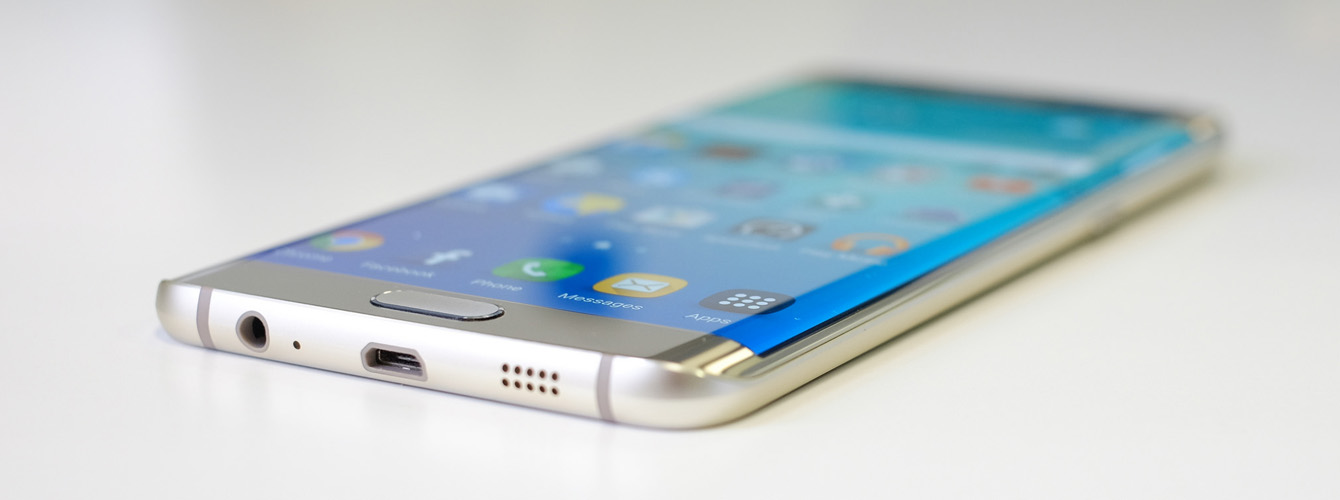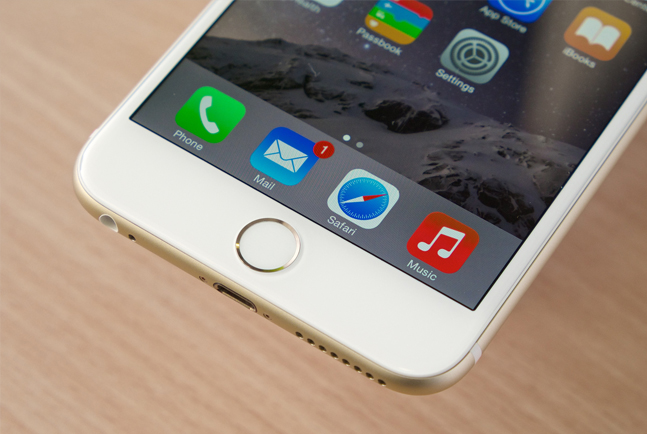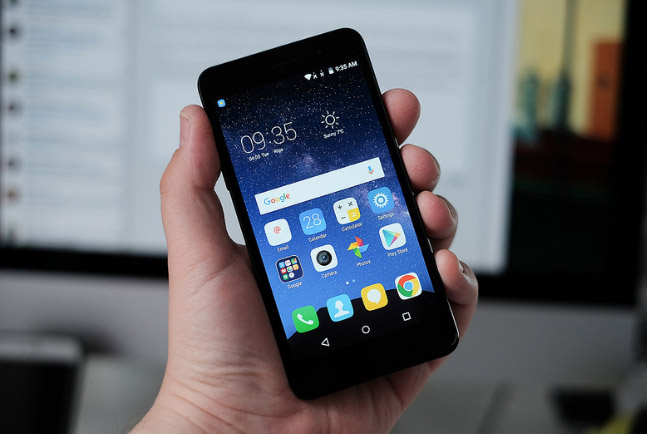As with most any field, new trends emerge every year. Some of them become part of the way things are done and stick around for years and some quickly fade away. When it comes to mobile app design, the trends are often driven by operating system updates and the emergence of new devices with increased functionality. These are some of the trends dominating mobile app design and development right now that are sure to continue making an impact in 2017.
User Experience
There is no denying the importance of mobile. In fact, mobile digital media time in the United States is now significantly higher (51%) than desktop digital time (42%) (KPCB mobile technology trends). Because of the rapid proliferation of mobile devices and usage, business are finding out that if they are not creating positive mobile user experiences, that they are losing out to competitors who are providing those experiences. More and more user experience design is becoming the way interface design is done for businesses of all sizes. No longer is UX design just for large corporations.
Mobile Tracking
Mobile tracking allows us to gain a more in-depth understanding of user flow, which is giving us even better data to help improve user experiences. The incredible popularity of mobile apps has forced marketers and mobile application developers to move beyond just tracking app downloads to a point where they now capture deeper insights by tracking the in-app engagement.
While creativity is key to any user interface design, companies who fail look at insights provided by user activity will find it increasingly difficult to keep up with competitors who are taking advantages of the data opportunities that are available to them. Savvy businesses will embrace tracking technologies to improve and guild their mobile program.
Customer First
With so many options available to consumers, companies must give customers what they want, when they want it, or run the risk of consumers moving on to other options. Businesses are looking at why consumers turn to their mobile devices and looking for ways to deliver quality service to address those needs and do it in context of environmental factors such as time and location. According to Google, when a customer reaches for their smart phone with intent it is usually to "know", "go", "do" or "buy". Does you app address these needs as they relate to your business in an easy-to-use manner?
Mobile Commerce
"In 2014, mobile commerce grew by 47 percent and according to Gartner, revenue from mobile commerce will equal 50 percent of all digital commerce in the United States by 2017." (Forbes) Mobile commerce is rapidly growing and more important than ever to businesses. Much of this has been driven by brands building great mobile shopping experiences and improvements in technology. But beyond that, consumers are now more comfortable shopping on mobile devices.
Many customers engage in what is known as omni-channel shopping, where they start shopping on one device but then eventually make the purchase on another device or in person. Brands are preparing for these customers by offering product reviews, product images, product details, et cetera on easy-to-use mobile applications. Often these apps are used while customers are standing in a business's physical location to check for product availability or compare prices. More than ever before, mobile is being used to drive sales of all types.
Simple Navigation
There is no denying that mobile apps with a clean and clear interface and are popular with users the past few years. These users also prefer simple, easy-to-use menus that slide out from the side of the screen or work similarly over flashy, ornate and often, confusing designs. Increasingly, designers are working to make it easier for consumers to find the content or other information or services they're looking for in applications by simplifying navigation. Simple navigation helps to create a smooth, enjoyable user experience.
Interaction Design
Designers have realized that by paying careful attention to individual interactions they can create deeper engagement with a system. Because of this we are seeing greater and greater levels of detail when it comes to interaction design. A well designed interaction can help communicate the status and provide feedback to the user that the app has received their command. When properly done, interaction design improves the usability of your app but beyond that it makes it easier for users to learn how to use your app and even increases the efficiency of functionality.




